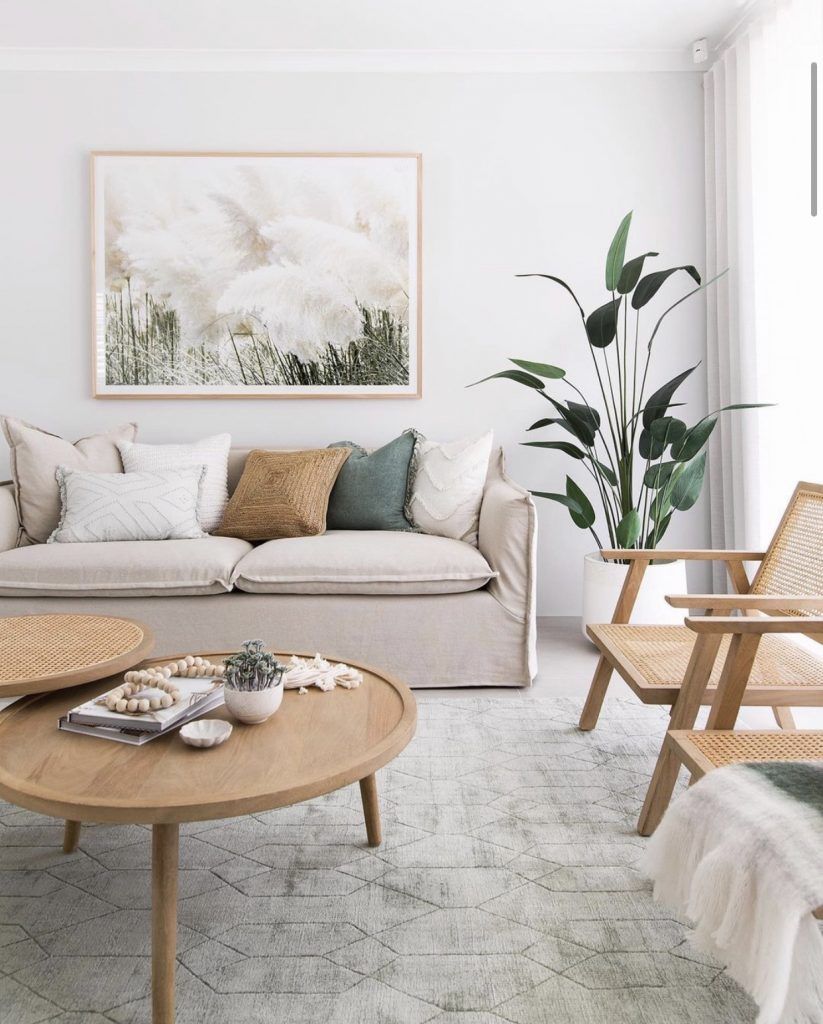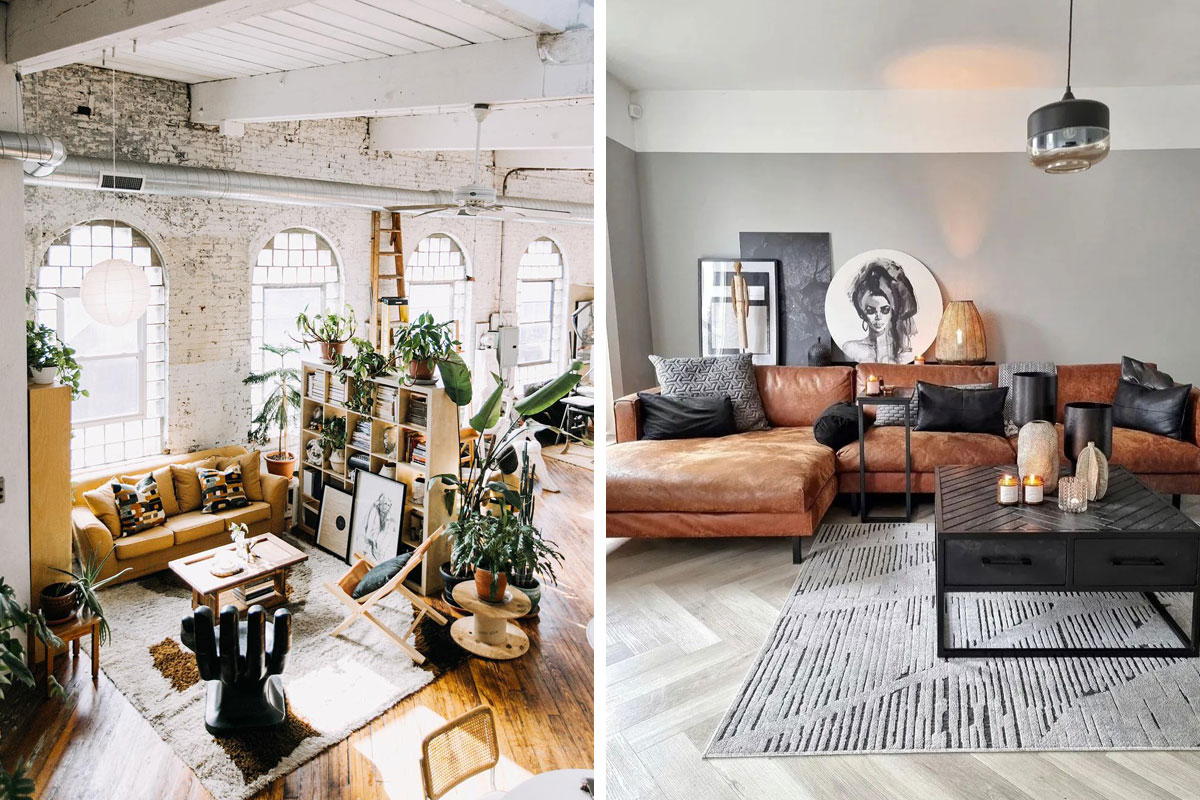How to Incorporate Natural Environments into Your Home Decor
How to Incorporate Natural Environments into Your Home Decor
Blog Article
Master the Art of Layering Textures in Home Style for a Cozy Environment
The ability to properly layer appearances within home decoration is a nuanced skill that considerably adds to a warm and welcoming atmosphere. By comprehending the interplay in between different materials and their tactile qualities, one can develop a room that not just looks visually pleasing yet likewise feels welcoming. The option of complementary appearances, from soft materials to natural components, is vital in achieving this equilibrium - Home decor. The obstacle exists in mastering the strategies that elevate a space from merely practical to exceptionally relaxing. Checking out these methods exposes just how thoughtful layering can transform your living atmosphere into a true shelter.

Recognizing Texture Essentials
When it pertains to home style, understanding the basics of structure is crucial for developing a harmonious and welcoming space. Appearance describes the tactile top quality of surface areas and can considerably affect the general visual and feeling of an area. It includes a variety of aspects, consisting of surfaces, products, and patterns. By attentively layering appearances, you can add depth and rate of interest, successfully changing a unexciting and level setting right into one that is comfortable and aesthetically appealing.

Selecting the Right Materials
Choosing the appropriate materials is critical in accomplishing a well-layered appearance in home design. The selection of products not just affects the general visual but additionally impacts the convenience and capability of the room. When thinking about textures, prioritize all-natural fibers such as cotton, woollen, silk, and linen, which provide heat and a responsive quality that synthetic products often lack.
For upholstery, choose durable textiles that can stand up to wear while keeping their texture. Velvet and chenille can add extravagant depth, while canvas and jeans offer a more casual feel. Including rock, timber, or steel can boost the responsive comparison, offering a grounded, organic element to your style.
Accessories like paddings and rugs can introduce diverse structures and patterns, improving the general layered impact. Ultimately, the appropriate material choices will harmonize with your design vision, developing an area that really feels inviting and natural.
Layering Methods for Deepness
Efficient layering strategies are vital for creating deepness in home decor, transforming a level area into one that feels abundant and inviting. To accomplish this, begin by including numerous structures that comparison yet complement each various other. Compare smooth surface areas like glass or steel with softer products such as wool or linen. This develops visual rate of interest and tactile variety.
Following, consider the use of carpets. Layering rugs can efficiently specify locations within a space, adding warmth and measurement. A bigger, neutral carpet can act as a base, while a smaller, patterned rug includes focal points. Likewise, purposefully placing toss cushions with differing structures and sizes on sofas or beds can improve depth and convenience.
Additionally, include building aspects such as shelves or More about the author framed art work to create upright layers. This not just attracts the eye up but likewise offers opportunities to introduce added textures through attractive things showed on the shelves.
Color Control and Appearance
In the realm of home decor, achieving harmony between shade and texture is critical for developing a cohesive and inviting atmosphere. When thoughtfully coordinated, shade and structure can elevate the visual charm of a space, creating depth and passion.

Next, concentrate on structure. Soft fabrics like velour or linen compared with hard products such as timber or steel produce a vibrant interplay. A plush velour sofa coupled with a sleek, metallic coffee table presents a responsive comparison that invites touch and expedition.
Furthermore, layering various textures-- like a woven carpet under a smooth table-- can additionally improve the space. Keep in mind to keep a natural appearance by limiting the number of shades and appearances, which helps stop aesthetic chaos. By grasping the art of shade coordination and structure, you can produce an environment that really feels both harmonious and welcoming.
Seasonal Structure Transitions
As the seasons adjustment, so too must the textures within your home to reflect the progressing ambience and state of mind. Transitioning your decor from one season to one more can visit this website produce a sense of quality and comfort, enhancing your home's general charm.
In springtime and summer, embrace lighter fabrics such as linen and cotton. These materials advertise a breezy feeling and can be improved with vivid patterns or subtle appearances like stitched information. Incorporate ventilated throw pillows and lightweight blankets to keep a sense of leisure.
As fall strategies, consider introducing heat with richer structures. Wool, velvet, and heavier knits can offer comfort and coziness. Select natural tones and layered textiles like beefy knit throws or delicious velours to develop an inviting atmosphere.
Wintertime requires a a lot more indulgent strategy. Integrate layered textures with fake hair, thick woollen, and deluxe products - Home decor. These aspects not only include deepness to your decoration but additionally invite heat throughout chillier months
Final Thought
In final thought, mastering the art of layering structures in home design considerably adds to creating a comfortable ambience. Furthermore, adapting structures his response seasonally boosts the overall aesthetic and convenience of the home.
The capacity to efficiently layer appearances within home design is a nuanced ability that dramatically adds to a cozy and welcoming atmosphere.When it comes to home decoration, recognizing the principles of texture is essential for creating a harmonious and inviting area. By understanding the basics of structure, you lay the groundwork for even more advanced layering techniques, leading to a well-curated and inviting home decoration scheme.
Choosing the appropriate products is essential in accomplishing a well-layered appearance in home design.In final thought, understanding the art of layering appearances in home style significantly contributes to producing a comfy ambience.
Report this page